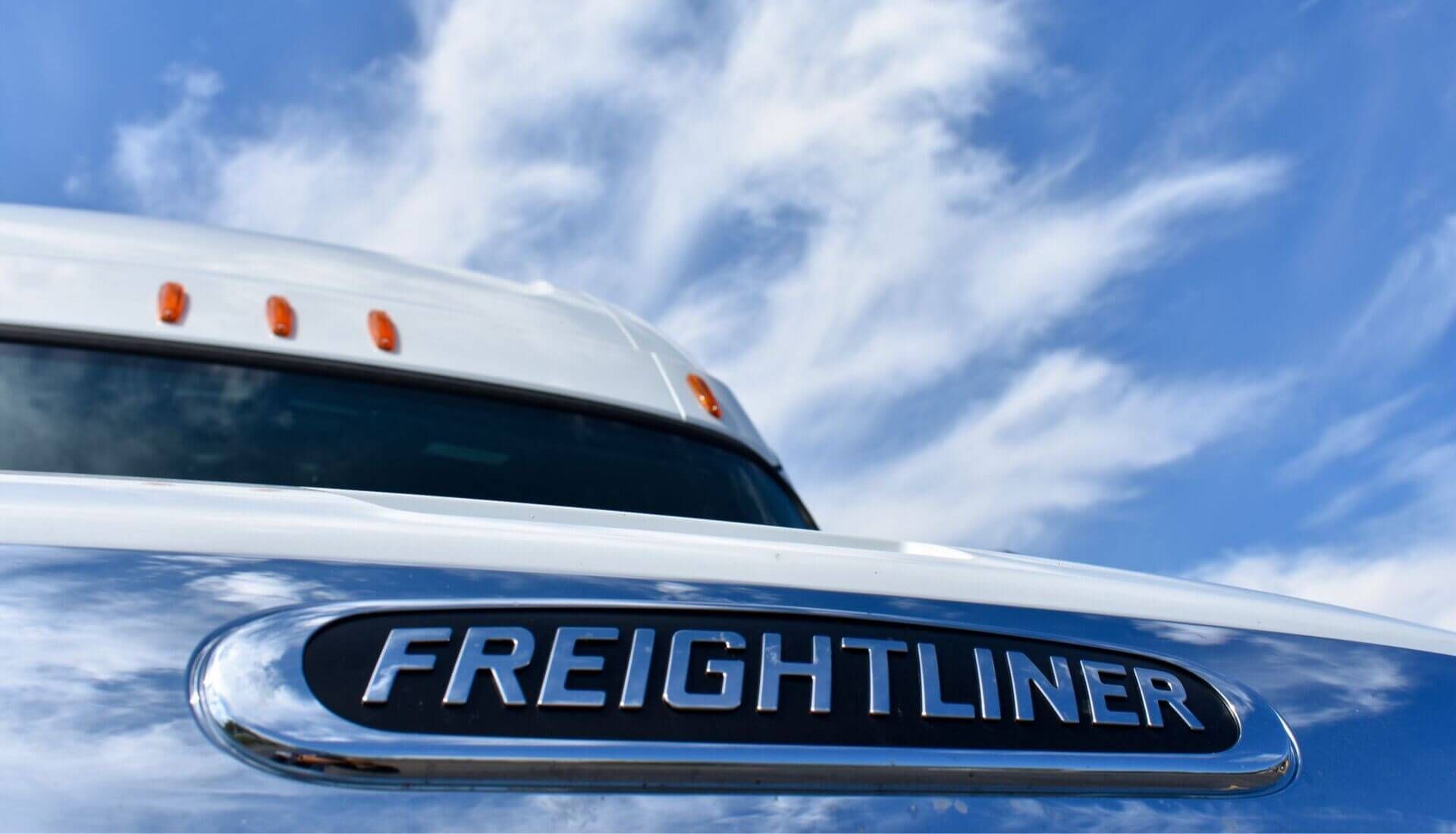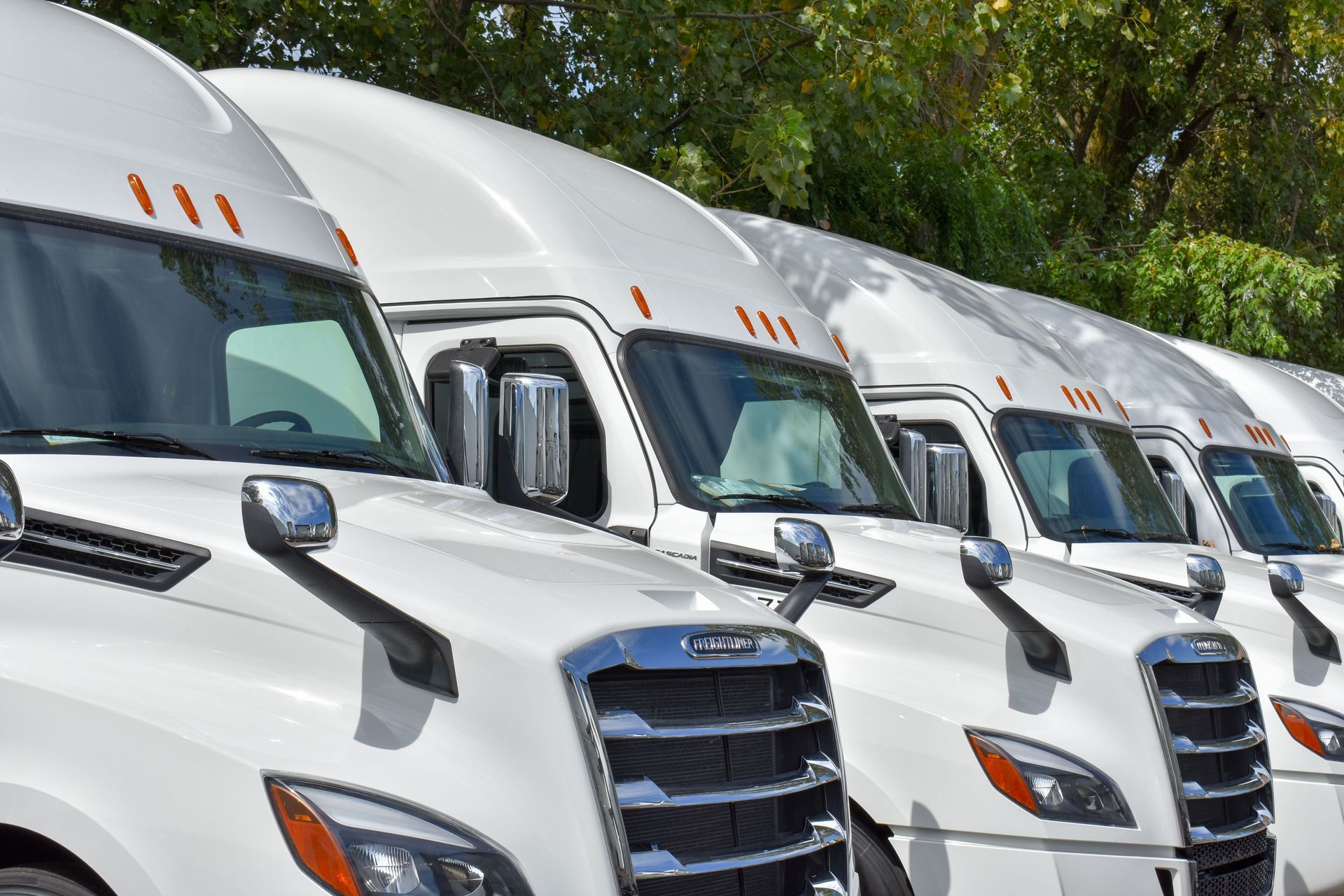The Evolution of Sleeper Cab Trucks in OTR Trucking
Share this Article:
A Journey Through TIME
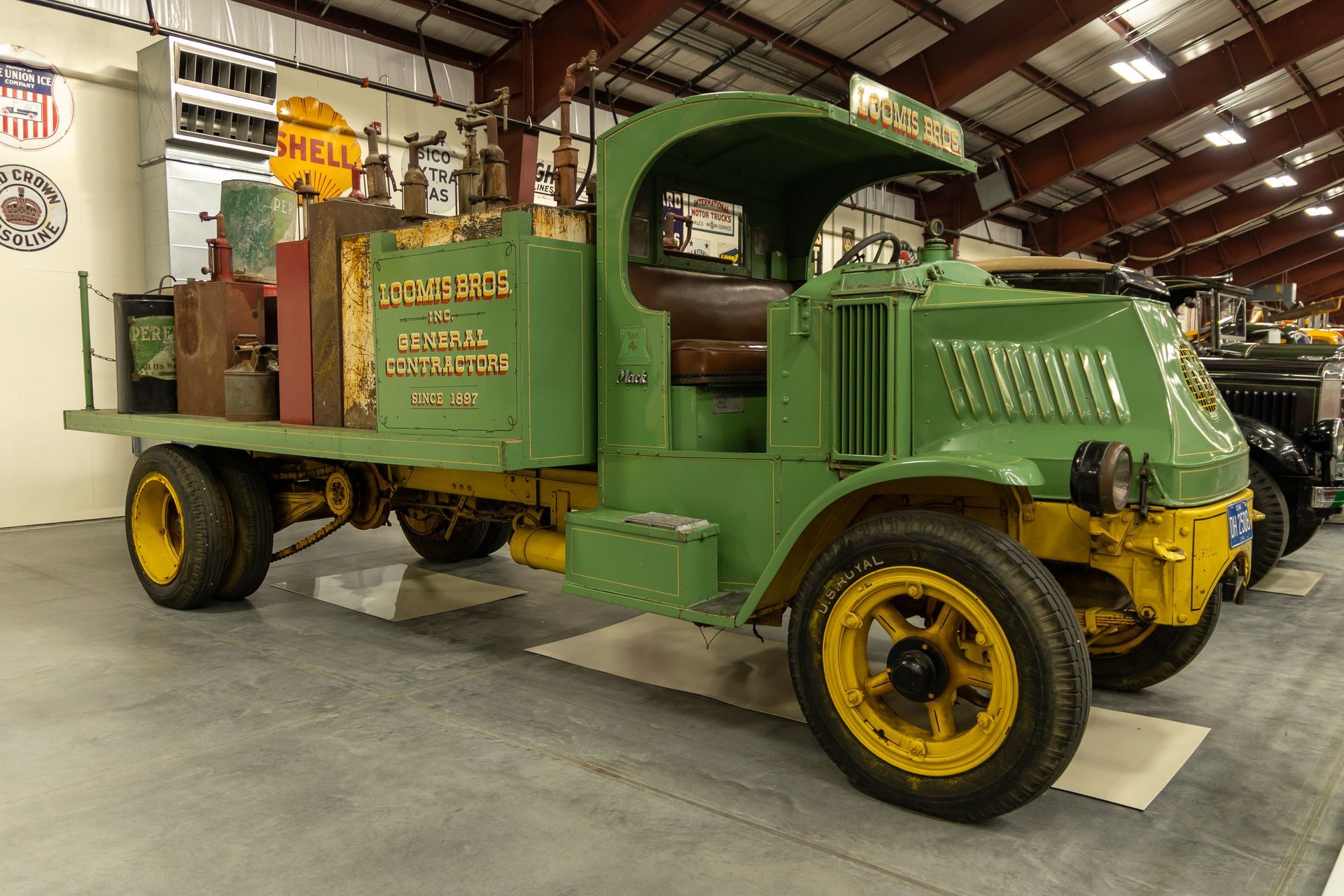
While the image of a long-haul trucker traversing endless highways is iconic, the role of the sleeper cab truck in making this lifestyle possible often goes unnoticed. Sleeper cabs have evolved significantly over the decades, transforming from rudimentary compartments to luxurious mobile homes on wheels. This blog post will explore the rich history of sleeper cab trucks, tracing their development from the early days of trucking to the modern marvels we see today.
The Early Days of OTR Trucking (1920s-1930s)
The origins of OTR trucking can be traced back to the 1920s, when paved roads began connecting major cities across the United States. During this period, the majority of freight was transported by rail, but trucks began filling the gaps between rail depots and final destinations.
Notable Trucks:
- Mack AC (1916-1930s): Although not designed for long-haul journeys, the Mack AC was one of the first trucks used in early freight transportation.
- International Harvester Model F (1923): A rugged, reliable truck that became popular among early truckers.
Sleeper cabs during this era were virtually non-existent. Drivers would often sleep on makeshift beds in the back of the truck or at roadside motels.
The Birth of Sleeper Cabs (1940s-1950s)
The concept of sleeper cabs began taking shape in the 1940s as OTR trucking expanded. World War II underscored the importance of efficient freight movement, leading to innovations in truck design.
Notable Developments:
- Kenworth 500 Series (1946): One of the first trucks to incorporate a basic sleeper compartment.
- Peterbilt 280/281 (1949): Known for its durability, this model featured a small sleeper cab option.
These early sleeper cabs were minimalistic, providing just enough space for a driver to rest. They were small, often cramped, and lacked basic amenities.
The Golden Age of Trucking (1960s-1970s)
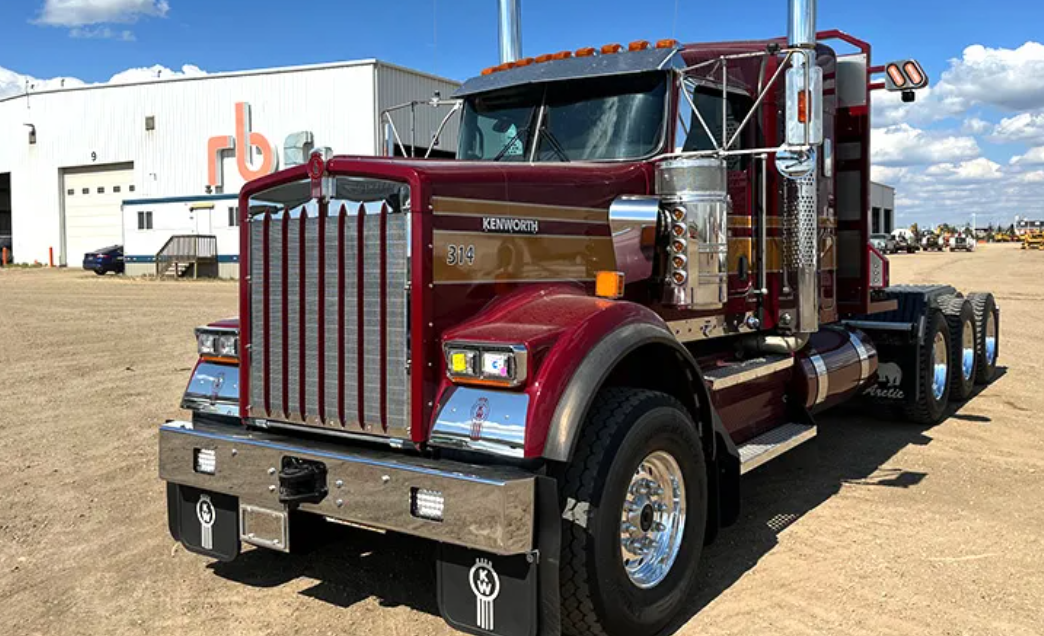
The post-war economic boom and the construction of the Interstate Highway System in the 1950s and 1960s fueled the growth of OTR trucking. By the 1970s, trucking had become a highly competitive industry, with drivers spending days, sometimes weeks, on the road.
Notable Trucks:
- Kenworth W900 (1961): Featuring a more spacious sleeper cab, the W900 became a favorite among long-haul truckers.
- Freightliner WFT Series (1960s): Known for its durability and improved sleeper compartments.
- Peterbilt 359 (1967): A classic truck with an optional sleeper cab, known for its power and performance.
During this era, sleeper cabs grew larger and more comfortable, reflecting the increasing demand for long-haul routes.
The Rise of Modern Sleeper Cabs (1980s-1990s)
The deregulation of the trucking industry in the 1980s led to increased competition and longer routes. Truck manufacturers responded by designing sleeper cabs that prioritized driver comfort and efficiency.
Notable Trucks:
- Freightliner FLD (1987): One of the first trucks to feature a full-length sleeper cab.
- Kenworth T600 (1984): Aerodynamic and fuel-efficient, with improved sleeper cab options.
- Volvo VN Series (1996): Introduced with a focus on driver comfort and aerodynamics.
By the 1990s, sleeper cabs had transformed into mobile living spaces, equipped with beds, small refrigerators, and even televisions.
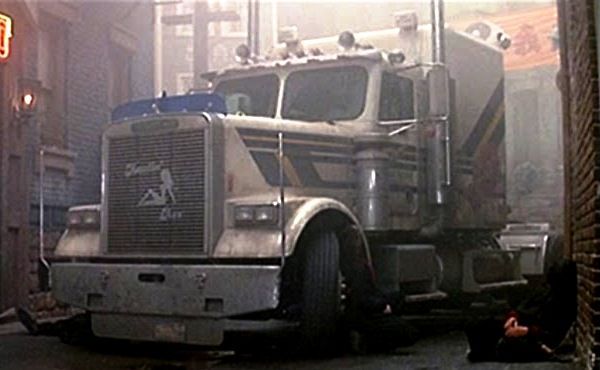
21st Century Innovations (2000s-Present)
In the 21st century, advancements in technology and design have taken sleeper cabs to new heights. Modern sleeper cabs are spacious, luxurious, and packed with amenities, reflecting the evolving needs of OTR truckers.
Notable Trucks:
- Peterbilt 579 (2012): Featuring a spacious and luxurious sleeper cab, the 579 is designed for maximum comfort.
- Kenworth T680 (2013): Known for its aerodynamics and driver-focused design.
- Freightliner Cascadia (2007-Present): Equipped with state-of-the-art technology and expansive sleeper cabs.
Today, sleeper cabs can include full-size beds, kitchenettes, advanced entertainment systems, and even satellite TV, transforming them into true mobile homes.
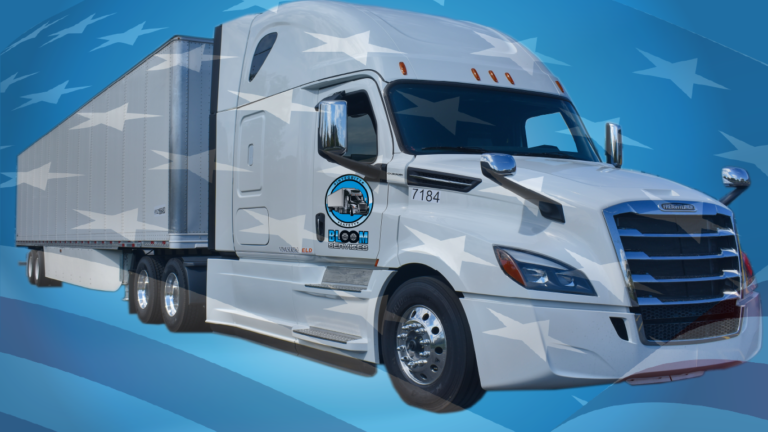
The Future of Sleeper Cabs
As technology continues to evolve, the future of sleeper cab trucks promises even greater advancements. Autonomous trucks, electric powertrains, and modular sleeper designs are just a few innovations on the horizon. These developments will not only improve driver comfort but also enhance fuel efficiency and sustainability.
Concept Trucks:
- Tesla Semi (2023): Featuring a modern, minimalist sleeper cab design with a focus on sustainability.
- Nikola One (2021): A hydrogen-electric truck with a spacious sleeper cab and futuristic design.
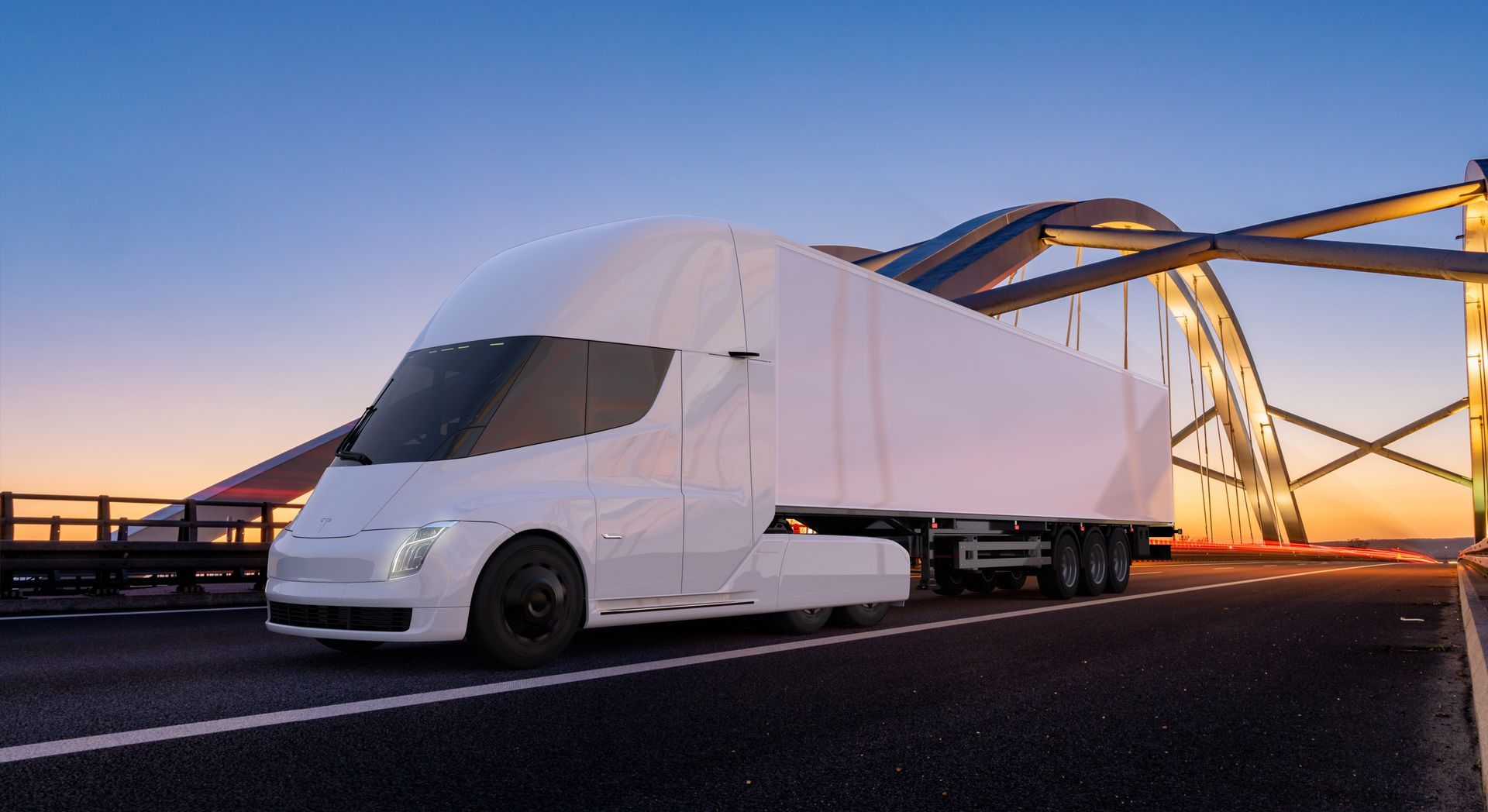
Sleeper Cabs
The history of sleeper cab trucks reflects the broader evolution of OTR trucking. From rudimentary compartments to luxurious mobile homes, sleeper cabs have transformed the trucking industry, enabling drivers to transport goods across vast distances in comfort. As technology continues to advance, the next chapter in the story of sleeper cabs promises to be even more exciting, shaping the future of OTR trucking for generations to come.
Bloom Services, INC
Here at Bloom, we provide
Freightliner Cascadias on our Rental and Lease-Purchase Program. They come equipped with powerful inverters, fridges, and a HVAC system that doesn’t require the truck to idle. The Freightliner is one of the most fuel efficient trucks on the road. If you have a Class A CDL and want to long-haul, Bloom Services is hiring OTR truckers. Our drivers take home $3,000 + a week after all expenses.
